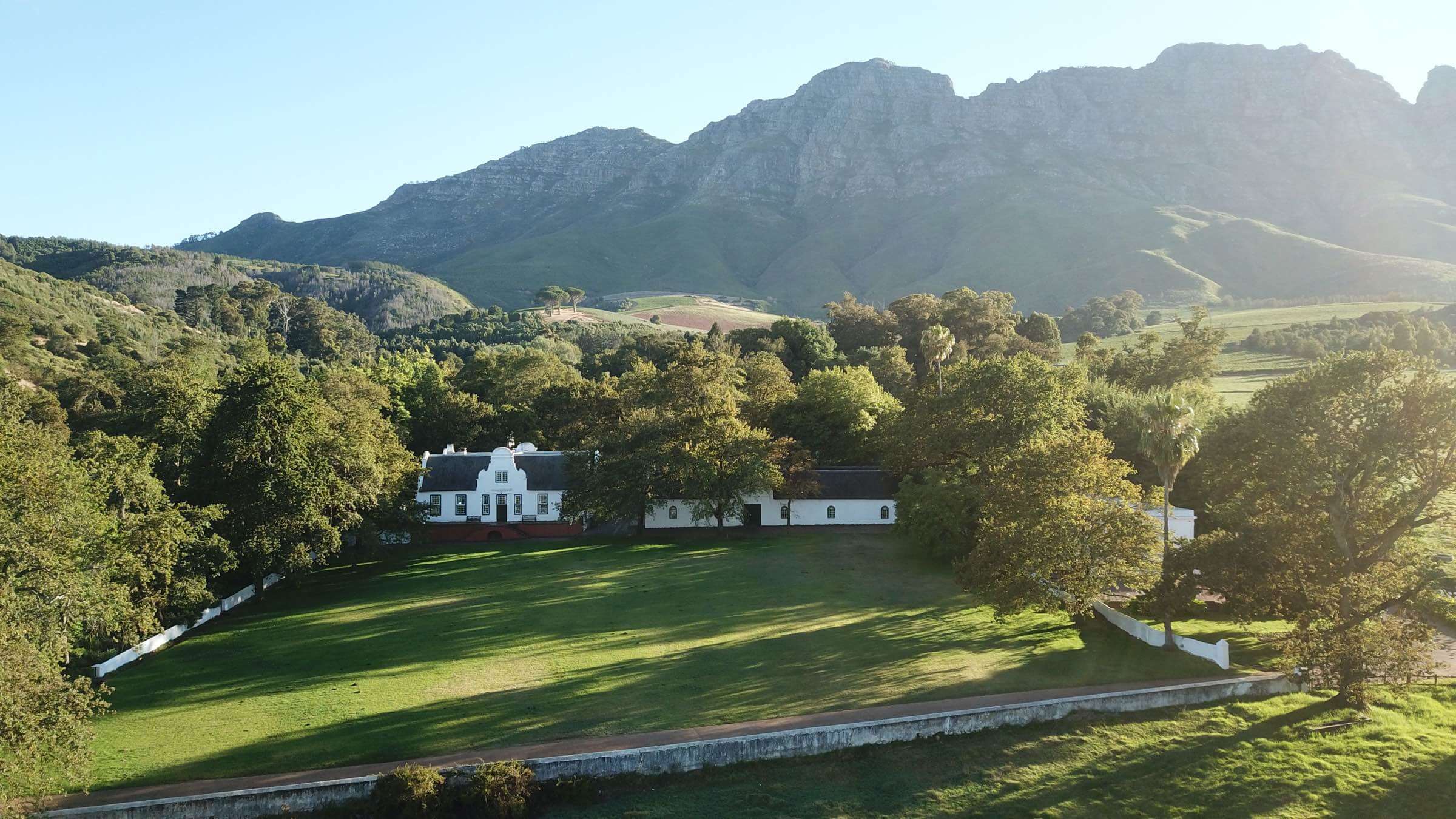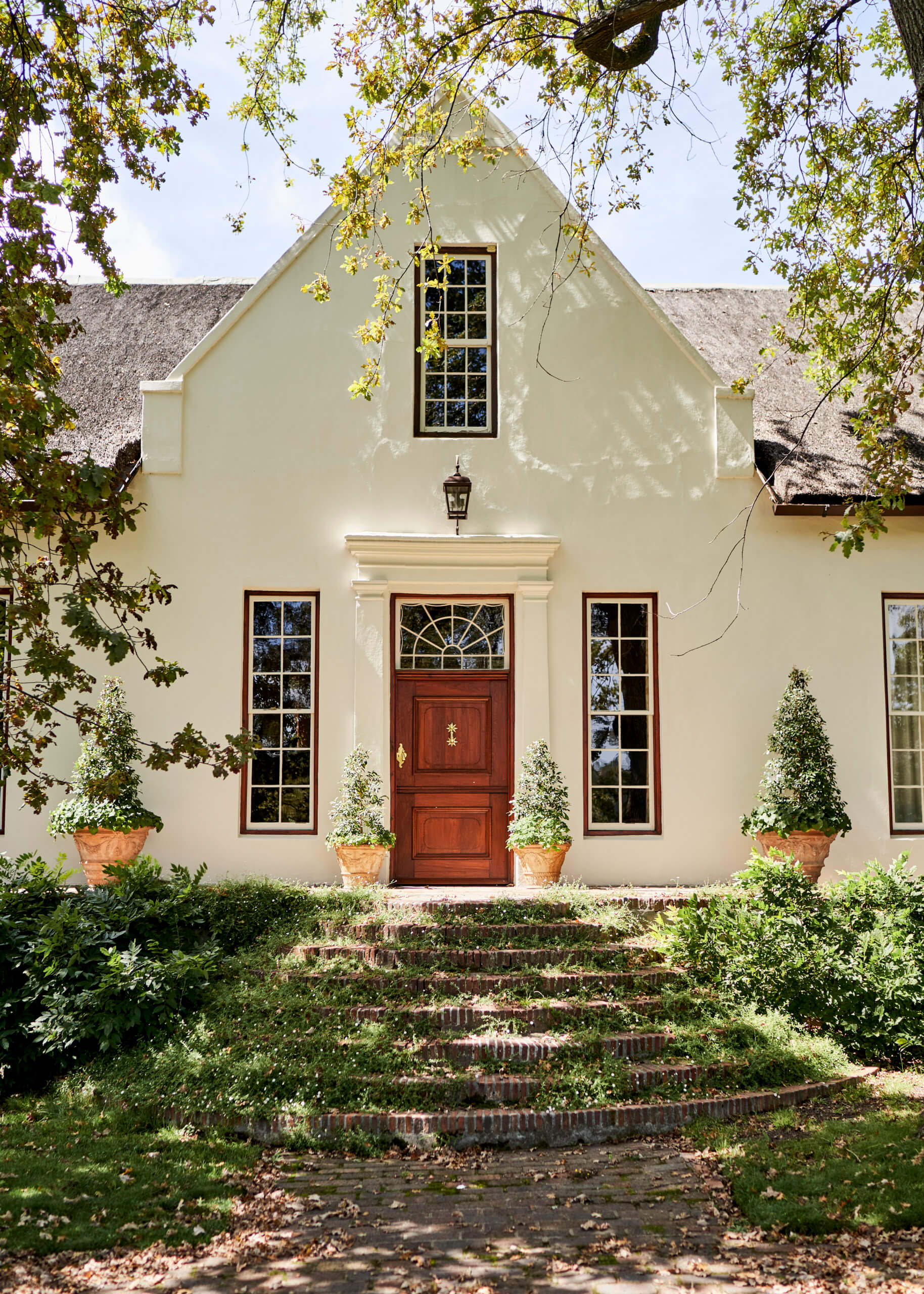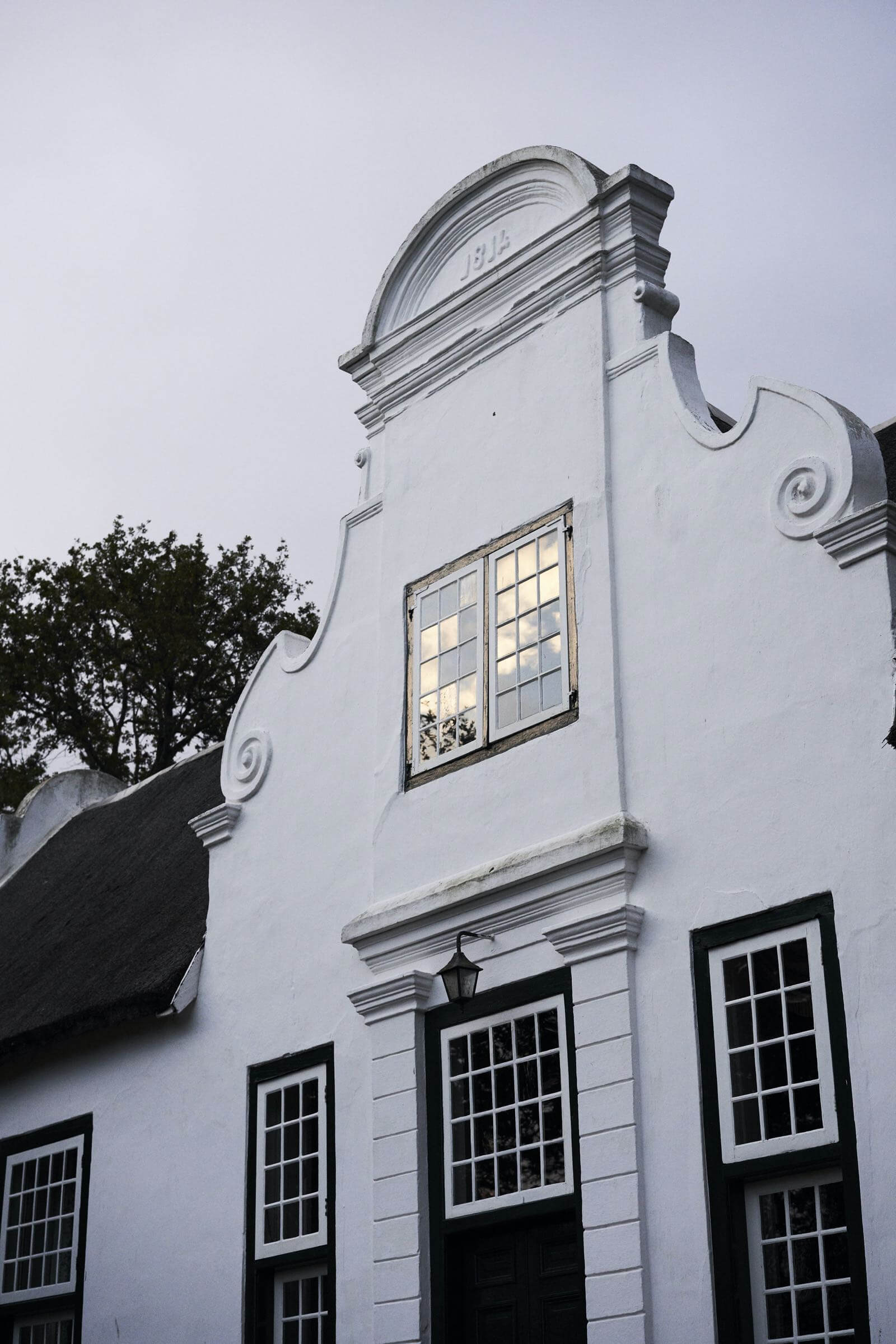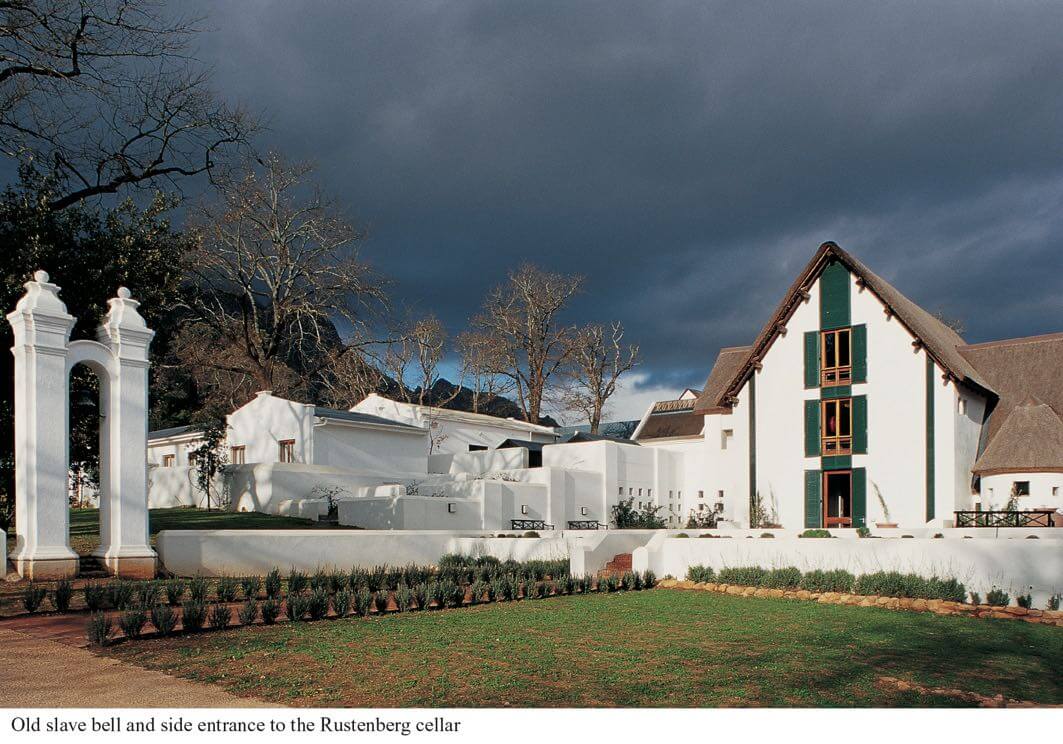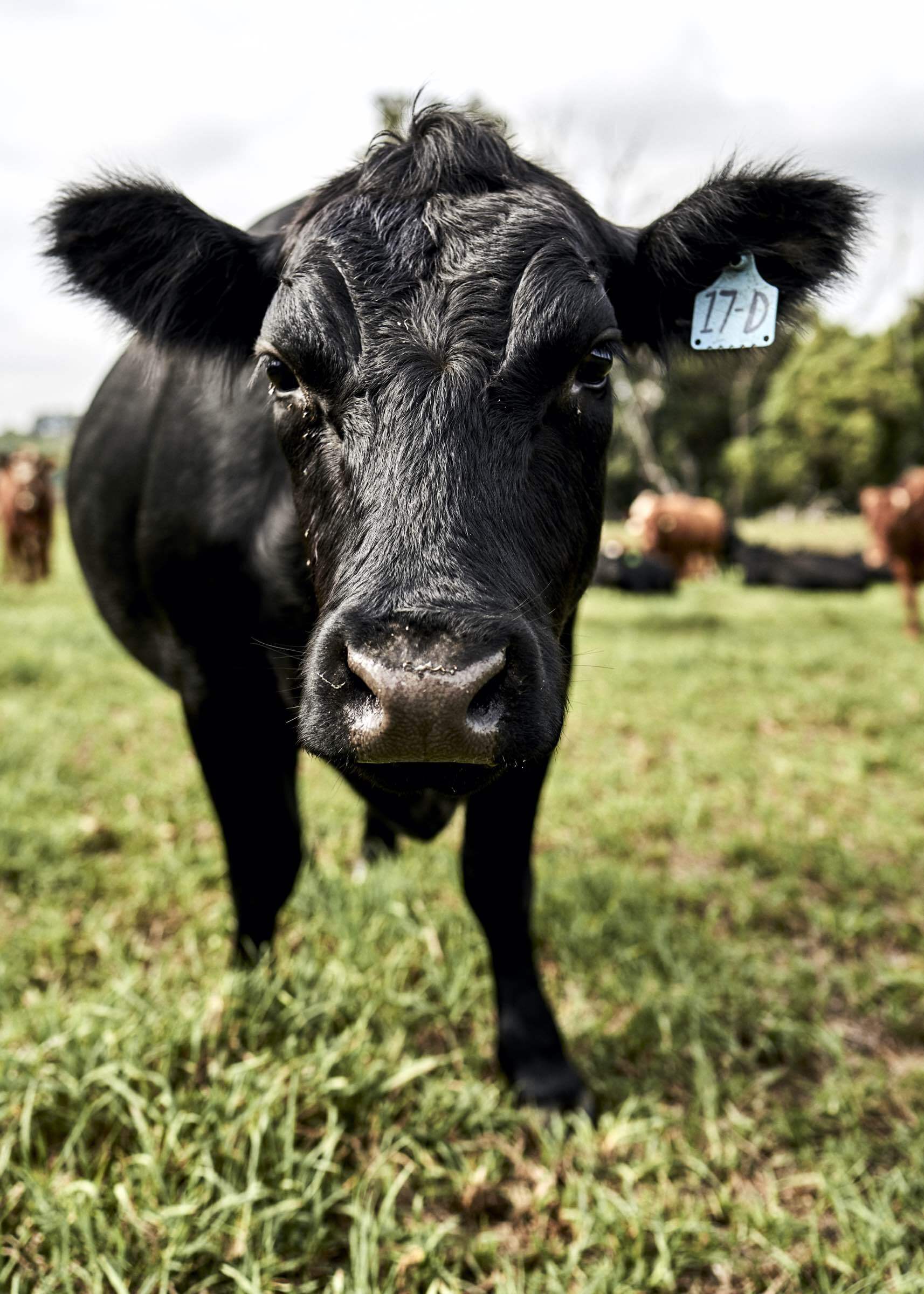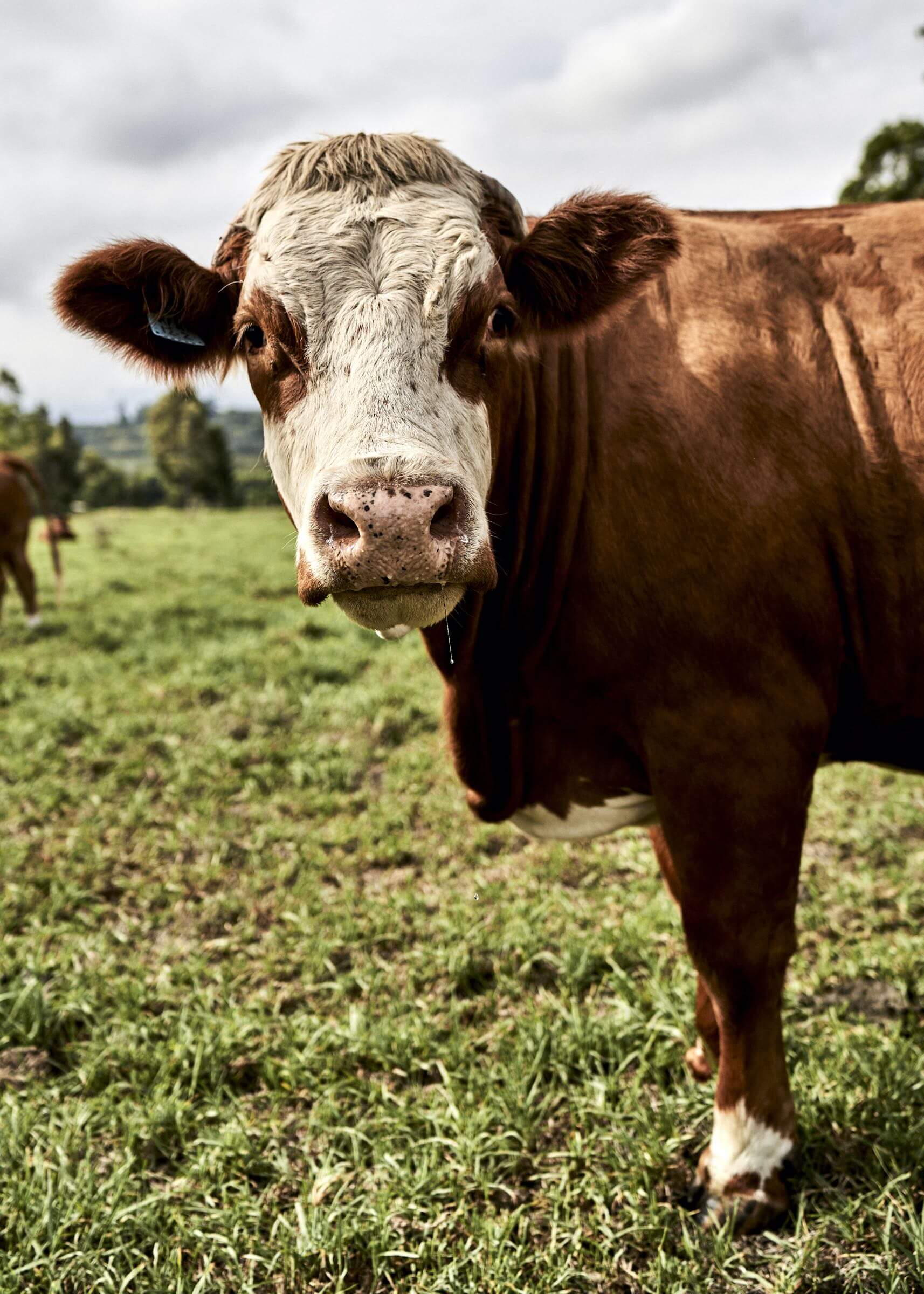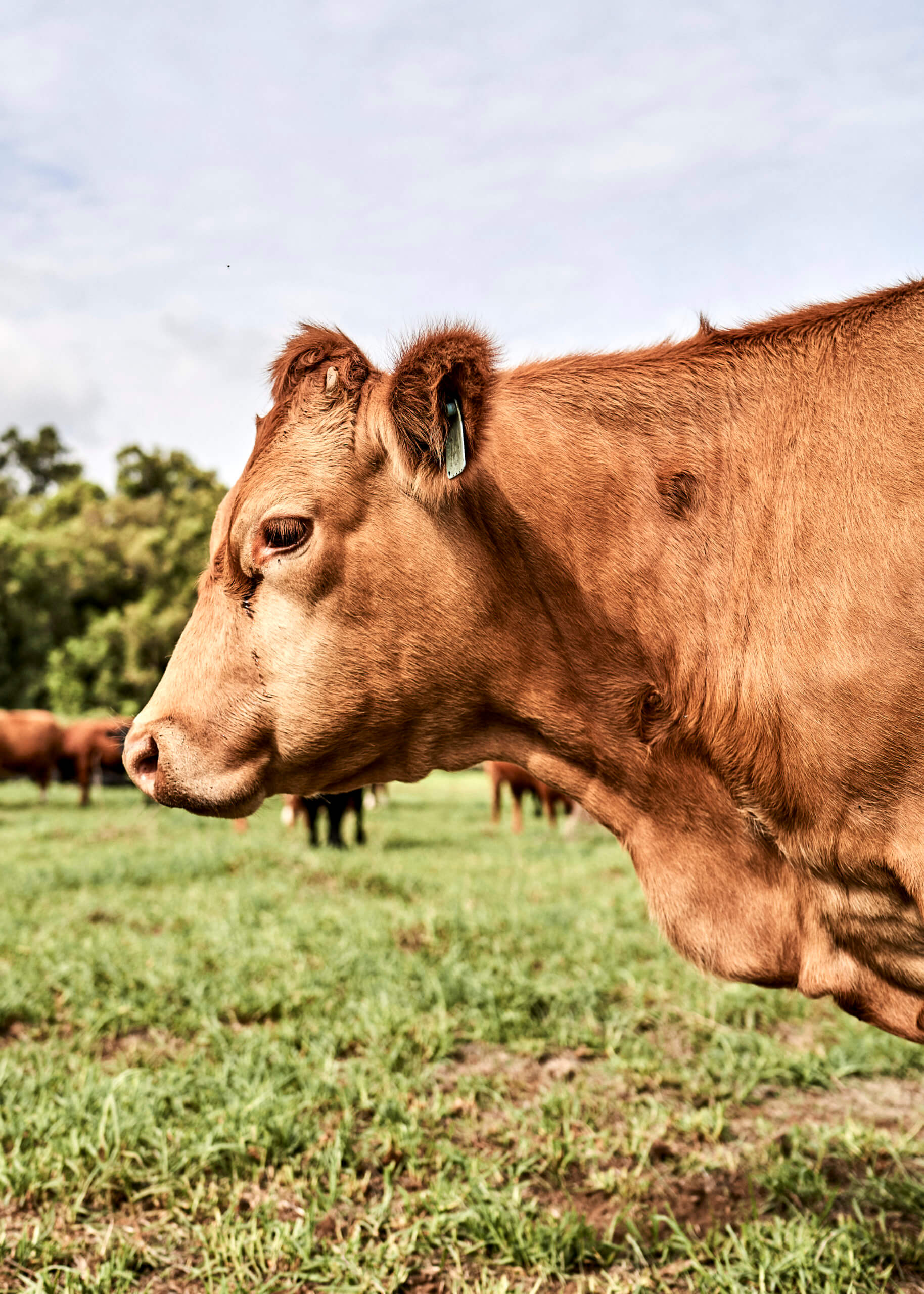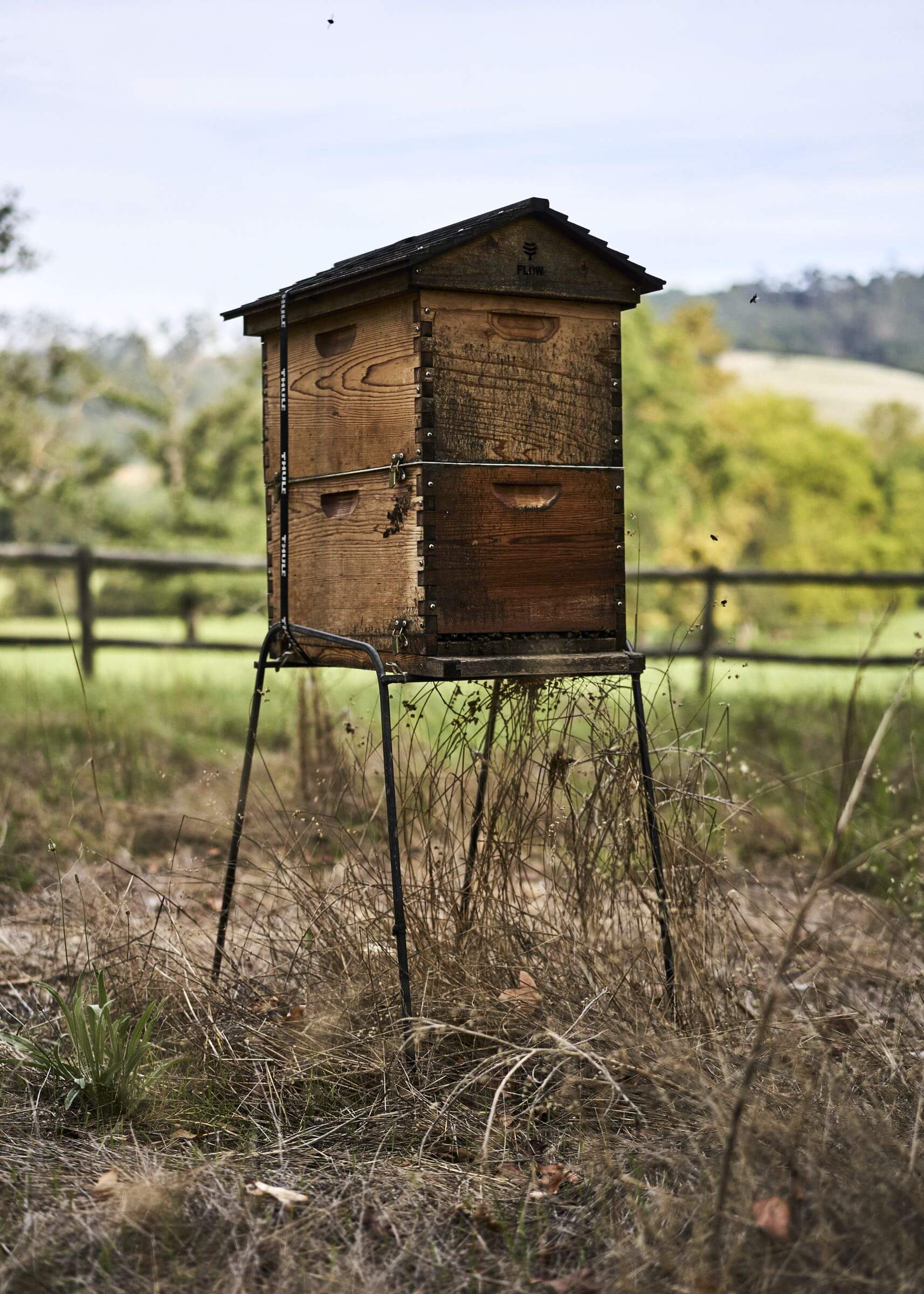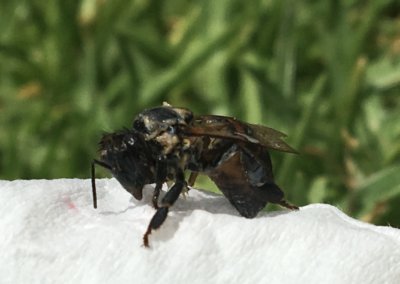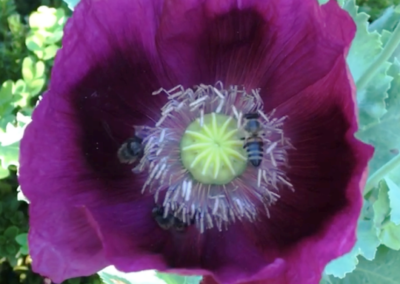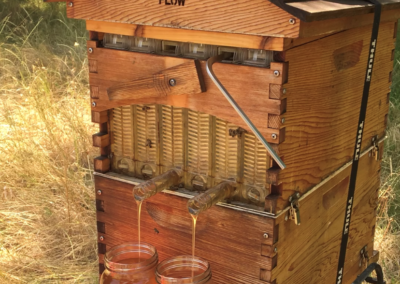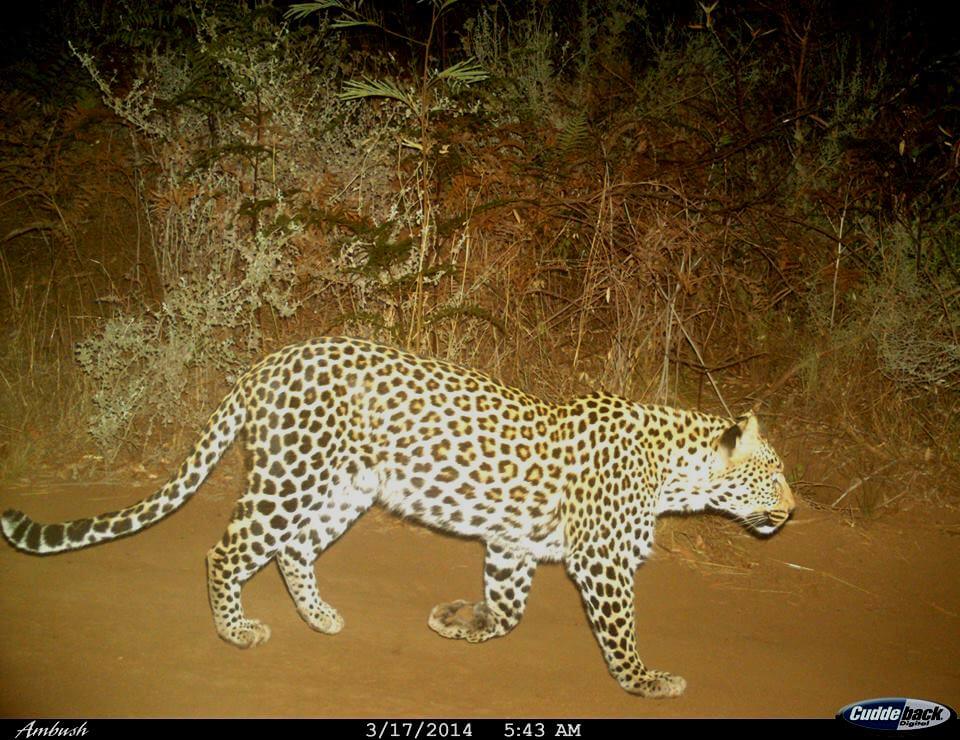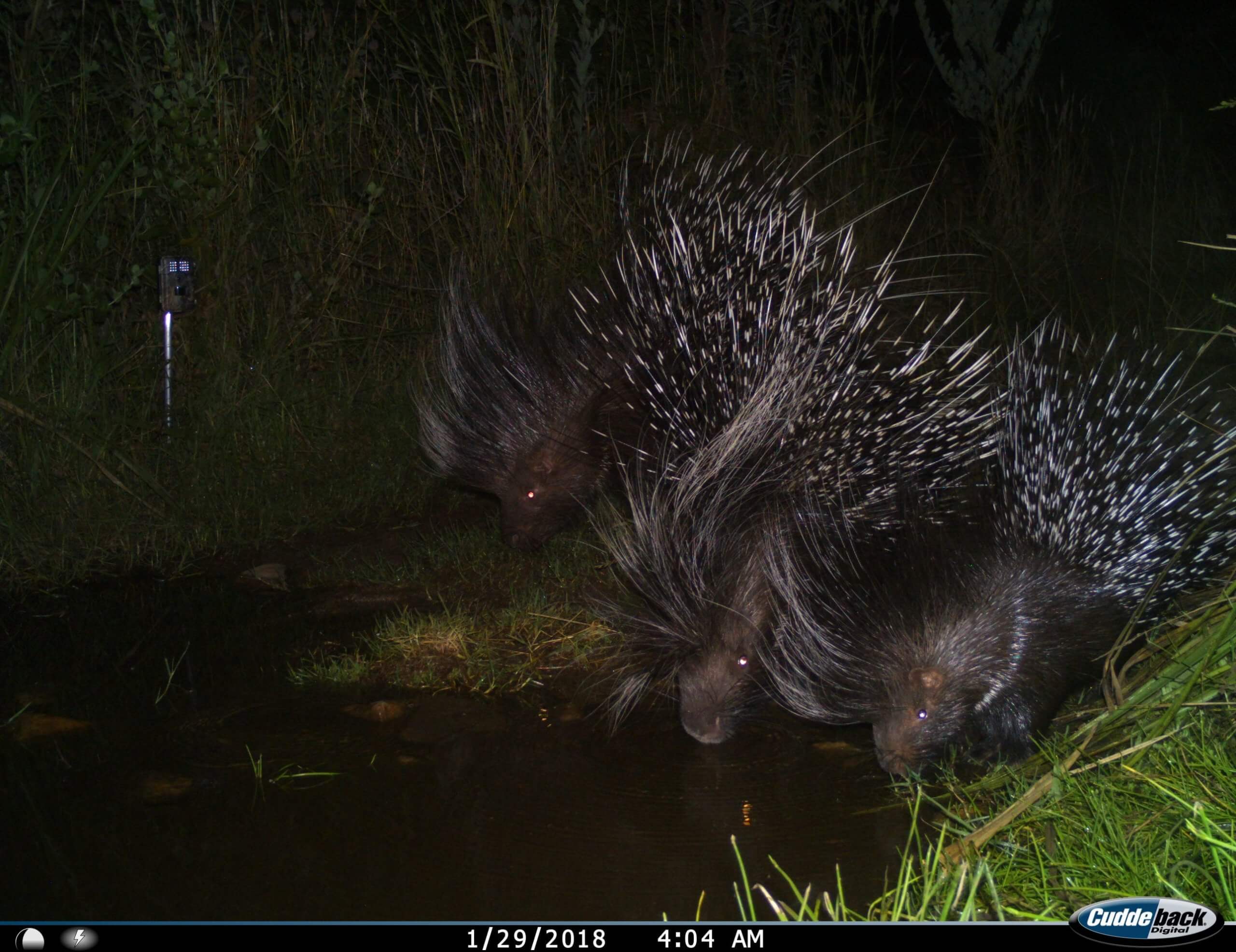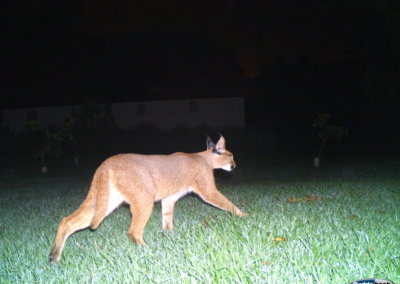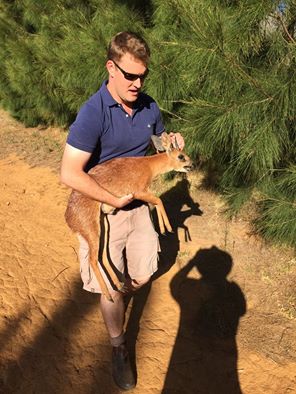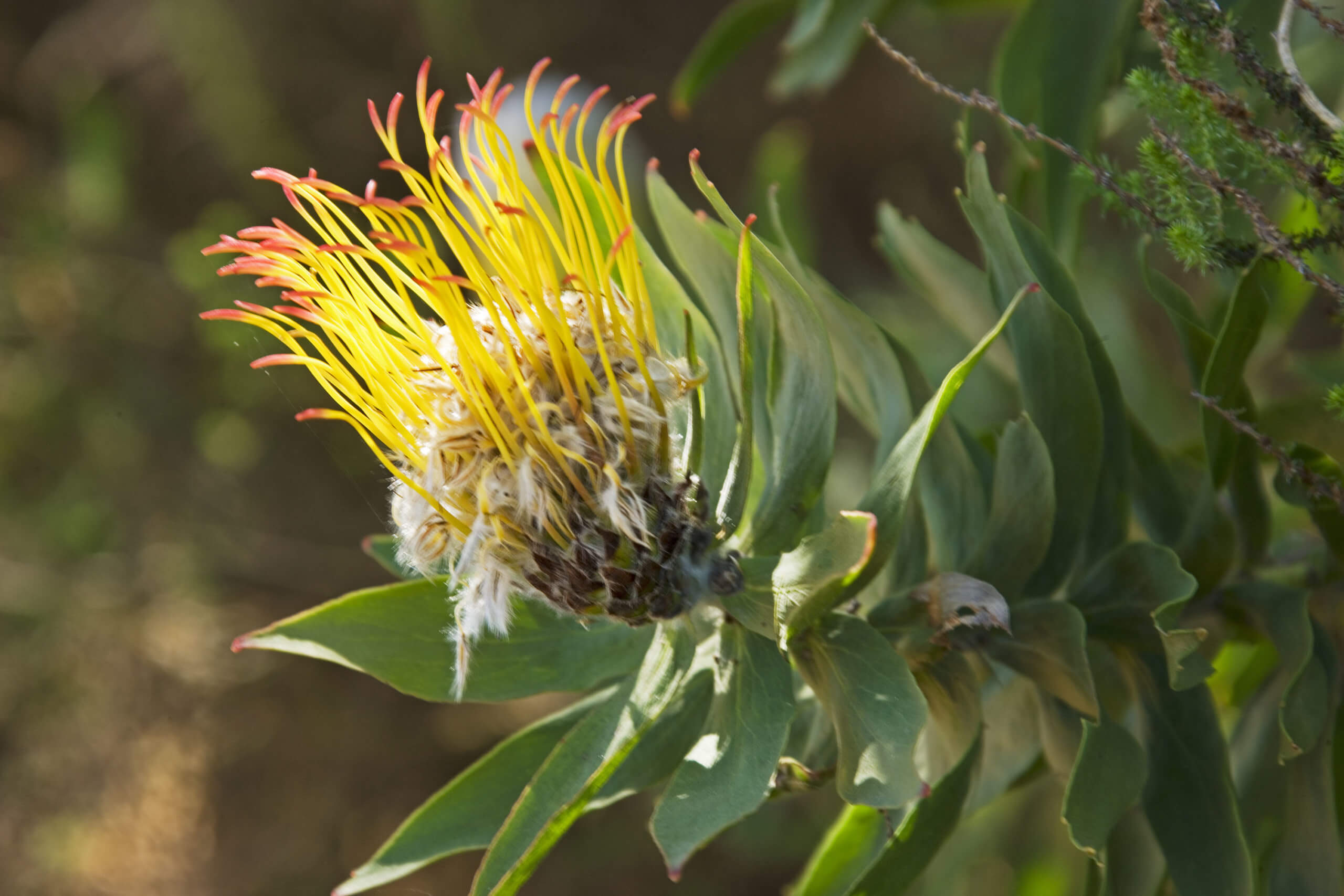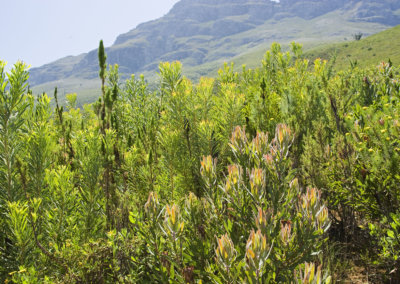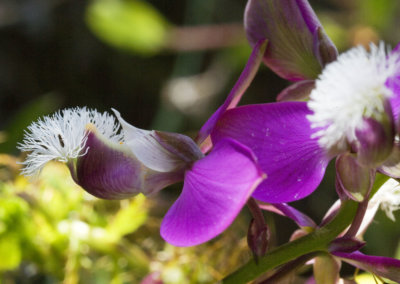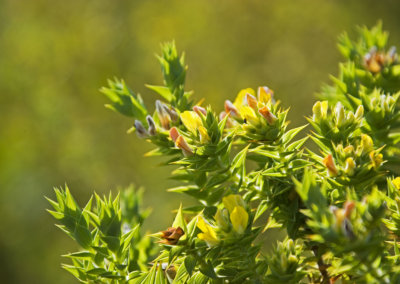The Estate
INTRODUCTION TO THE ESTATE
The Rustenberg Estate stands on an impressive 880 hectares against the iconic Simonsberg Mountain in Stellenbosch. When standing in the high vineyards of the Estate, the entire vista of Stellenbosch is revealed, with a glimpse of Table Mountain in the distance. The Rustenberg Estate was awarded National Heritage Site status in December 2004 as part of the Ida’s Valley heritage area.
Of the 880 hectares making up the Estate, 120 hectares are under vine (with plans to plant more vines over the coming years), 200 hectares make up the beautiful pastures and farmland for our cattle to graze on, a portion hosts the historical farm and winery buildings and other structures, and the rest of Rustenberg is comprised of conservation land, made up of natural “fynbos” (the indigenous flora of the Cape) and a myriad of wildlife (including cape otters, porcupines, caracals, and cape leopard).
THE BUILDINGS
There are many historic buildings on the Rustenberg Estate. Most of the buildings are in the traditional Cape Dutch style, with beautiful gables and homely thatch roofs. Some of the earliest dates shown on the gables around the Estate are 1800, 1812 and 1815, although often the gables were added on later, and many of the buildings have been dated into the 1780s and 1790s. The Winery, Tasting Centre, Bottling line and Schoongezicht Manor House, also encloses a traditional “werf” area, where visitors can enjoy tranquility and a glimpse of history under the oak trees.
THE CATTLE
Rustenberg Estate has alsways been an inclusive farming property, with a variety of livestock, including sheep, pigs, and most prominently, cattle. Rustenberg was very well-know through the 60s, 70s and 80s for its famous Jersey Cattle dairy herd, winning many awards for the herd itself, as well as for its cattle studs, the most famous of which was Brampton. Hardships in the dairy industry, however, sadly warranted the sale of the herd and the closing of the dairy. Never to be without cattle grazing, however, the Estate now plays proud host to several types of beef cattle – Simmentaler, Black Angus and Red Angus. Our herd is ever-growing and visitors can be lucky enough to see the very sweet young calves frolicking in the fields almost year round.
BEE-KEEPING
At Rustenberg, we recognise the incredible importance of bees and the integral role they play in the natural world. We thus employ bee-safe farming practices, as well as planting bee-friendly cover crops, giving them as much food availability on the estate year-round. And, although vines are not needed to be pollinated by bees, they are crucial to the health of the biodiversity on the estate and in the vineyards.
We also keep many hives on the estate ourselves, many of which are bee health research hives monitored by the National Research Institute. The farm boasts a foul-brood free population of bees – the hives being far enough away from contaminating sources to ensure a healthy, happy bee population. Our hives are of the Langstroth type, with several Flow Hives scattered around the property, making honey collection a breeze! Our beautiful garden and fynbos honey can on occasion be found in the tasting room for sale or for sale during our annual Open Garden, allowing visitors to take home a (non-wine) taste of the estate, and the sweet reward of our busy bees’ labours.
CONSERVATION
A large portion of the Estate, especially the part merging into the foothills of the Simonsberg Mountain, is dedicated to conservation. The Estate’s conservation land is home to many varied species of fynbos and other plant life, a myriad of birds, including the prevalent Jackal and Steppe Buzzards, and a host of other animals, such as the small duiker which dart in between the vineyard rows, the porcupines who trot down the roads late at night, and even some beautiful cape leopards which roam the Simonsberg and surrounding areas. Rustenberg is part of the Greater Simonsberg Mountain Conservancy, a non-profit Public Benefit Organisation, which encourages and supports conservation of the greater Simonsberg area, and provides conservation and awareness services to the surrounding communities.

